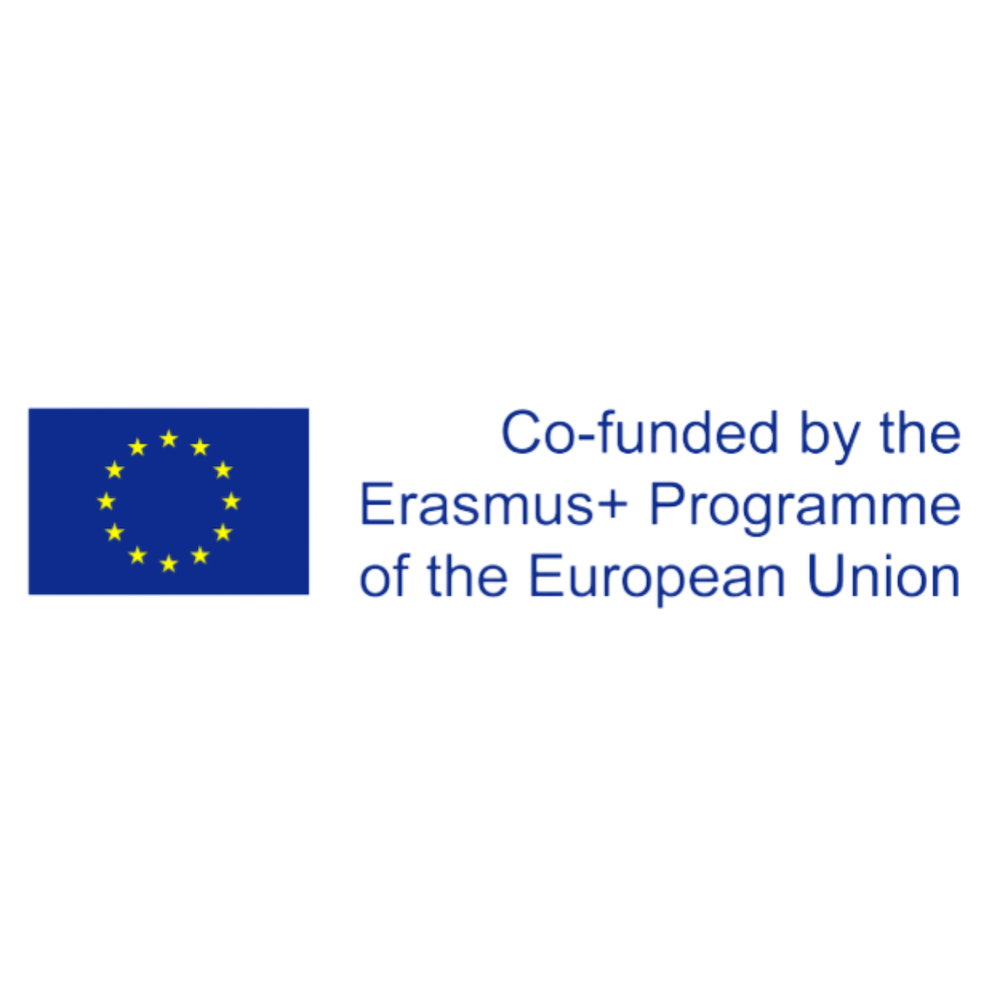Blog

Fostering Creativity through Multicultural Education
Multicultural education isn't just about learning different languages or studying various cultural histories; it's a vibrant, essential tool for fostering creativity in the classroom. By exposing students to a variety of cultural perspectives, educators can enhance creative thinking and innovation.
Benefits of Multicultural Education
Diverse Perspectives: Multicultural education introduces students to multiple viewpoints, encouraging them to think outside their cultural norms. This exposure broadens their understanding and sparks creative solutions to problems.
Cultural Empathy: Understanding and appreciating cultural differences fosters empathy, a key component of emotional intelligence that is crucial for collaborative creativity.
Problem Solving: Students learn to approach problems from different angles, enhancing their ability to devise innovative solutions.
Strategies for Implementing Multicultural Education
Curriculum Integration: Embed multicultural content across subjects. For instance, literature classes can explore novels from diverse cultures, while art lessons can involve techniques and styles from around the world.
Collaborative Projects: Encourage projects that require teamwork across cultural lines, promoting the exchange of ideas and fostering a creative incubator.
Guest Speakers and Cultural Events: Invite speakers from various cultural backgrounds and host cultural events. These activities provide real-life insights into different cultures and inspire creative thinking.
Multicultural education is a catalyst for creativity. By embracing a curriculum that values diverse cultural insights, schools can cultivate a generation of creative thinkers ready to tackle global challenges with innovative solutions. This approach not only enriches students' educational experiences but also prepares them to thrive in a multicultural world.
Leave your thought here
Your email address will not be published. Required fields are marked *


 Admin
Admin 
Comments (0)